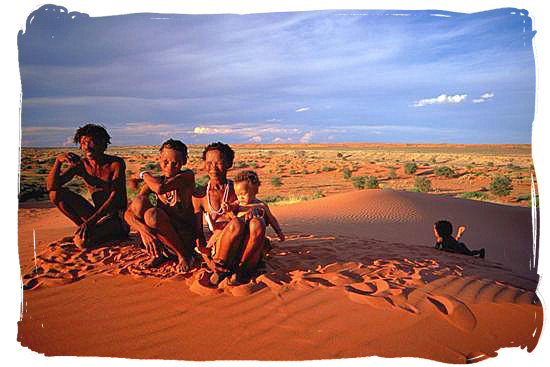
• The population of South Africa is one of the most complex and diverse in the world.
• Of the 45 million South Africans, nearly 31 million are Black, 5 million White, 3 million Coloured and one million Indian. The population density is 32.9 people per km².
• The Black population is divided into four major ethnic groups, namely Nguni, Sotho, Shangaan-Tsonga and Venda.
• There are numerous subgroups of which the Zulu and Xhosa (two subgroups of the Nguni) are the largest.
• The majority of the White population is of Afrikaans descent (60%), with many of the remaining 40% being of British descent.
• Most of the Coloured population live in the Northern and Western Cape provinces, whilst most of the Indian population lives in KwaZulu Natal.
• The Afrikaner population is concentrated in the Gauteng and Free State provinces and the English population in the Western and Eastern Cape and KwaZulu Natal.
• There are eleven official languages in South Africa, namely English, Afrikaans, Ndebele, Sepedi, Xhosa, Venda, Tswana, Southern Sotho, Zulu, Swazi and Tsonga.
South Africa society and culture
• South Africa is known as the rainbow nation.
• South Africa is one of the most multicultural countries in the world.
• In addition to the indigenous black peoples of South Africa colonialism and immigration have brought in white Europeans, Indians, Indo-Malays, Chinese and many more.
• As such it is difficult to generalise at all on South African etiquettes and culture due to the diversity.
Families in south Africa
• The basic unit of South African society is the family, which includes the nuclear family and the extended family or tribe.
•the tribe is the most important community as it is the equivalent of a nation. The tribe provides both emotional and financial security in much the same way the nuclear family does to white or coloured South Africans.
• They consider there extended family as important as their nuclear family.
• The nuclear family is the ultimate basis of the tribe. The tribal and family units are being disrupted by changes in the economic reorganization of the country
• As more people move into the urban areas, they attempt to maintain familial ties, including providing financial support to family members who have remained in the village.
Poverty
• The analysis indicates that 47.1% of South Africa’s population consumed less than the "lower-bound" poverty line proposed by Statistics South Africa in 2007
• 47.1% of the population did not have R322 (in 2000 prices) for essential food and non-food items.
• The poverty rates of South Africa's nine provinces differ significantly, as do those of the urban and rural areas of the country. In 2005/06 the poverty rates ranged from 24.9% in Gauteng and 28.8% in the Western Cape to 57.6% in the Eastern Cape and 64.6% in Limpopo.
• The three provinces with the highest poverty rates (KwaZulu-Natal, the Eastern Cape and Limpopo)
• It should come as no surprise then that fully 60.1% of poor individuals lived in these three provinces.
• There was also a major difference in the poverty rate according to gender: 45% of all female-headed households lived below the "lower-bound" poverty line, compared to only 25% of male-headed households.
• Rural areas are often remote making it expensive and time-consuming for poor people to reach various important facilities.
• About half of the poorest lived more than 30 minutes from the nearest clinic and post office.
• Poverty affected 66.3% of those who had no schooling and 59.9% of those who had not completed primary schooling.
• Two-thirds of South Africa’s poorest have electricity, less than half of all poor households have piped water.
Medicine and health care
• There is a first class but limited modern health care sector for those with medical coverage or the money to pay for the treatment
• Government-subsidized public hospitals and clinics are overstressed, understaffed, and are struggling to deal with the needs of a majority of the population that was under served during white minority rule.
• South Africa has a high HIV infection rate, and if successful strategies for AIDS prevention and care are not implemented, twenty-five percent of the country's young women will die before age thirty.
By Miguel